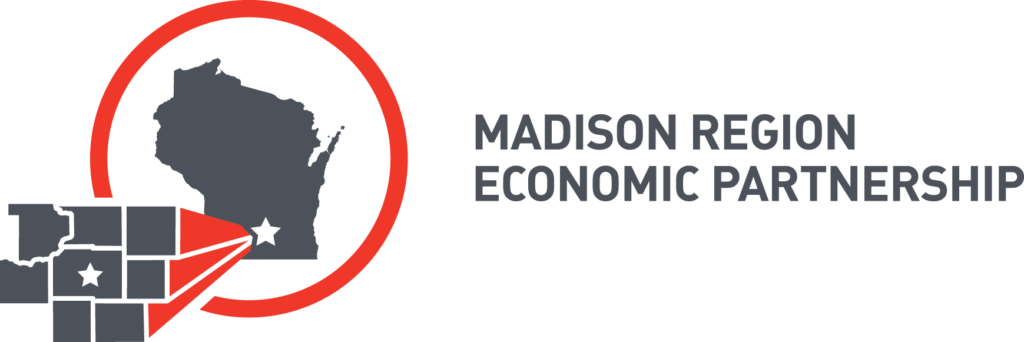
Apprenticeship programs across Wisconsin are on the rise, as companies fiercely compete for talent in the post-pandemic era.
Wisconsin Apprenticeship Deputy Director Liz Pusch pointed to an ongoing surge in business engagement with the state Department of Workforce Development (DWD), adding that more students and even college-educated workers now view the program as an avenue toward better job opportunities.
“Our average age of a registered apprentice is 28 years old,” Pusch shared during a recent speech at the Madison Region’s Economic Development and Diversity Summit hosted by the Madison Region Economic Partnership and the Urban League of Greater Madison, according to WisBusiness.com. “So people are starting in their career route, and then they’re figuring out, ‘This is not what I want to do.’”
In April, DWD announced a new record-high 8,357 high school junior and senior students were taking part in the Youth Apprenticeship programs during the 2022-23 school year, and just weeks before then state officials highlighted that a record 15,900 apprentices took part in the Registered Apprenticeship program last year. While many of the programs typically train workers for a specific occupation, the youth program is structured to open participants to a growing list of career choices.
“Employers are starting to see some increased retention because you’re making and building this bond with the workers,” said Seth Lentz, executive director of the Workforce Development Board of South Central Wisconsin, adding that more businesses are starting to internalize the long-term advantages of investing in their own workers’ skills.


 Source: Wisconsin State Journal
Source: Wisconsin State Journal